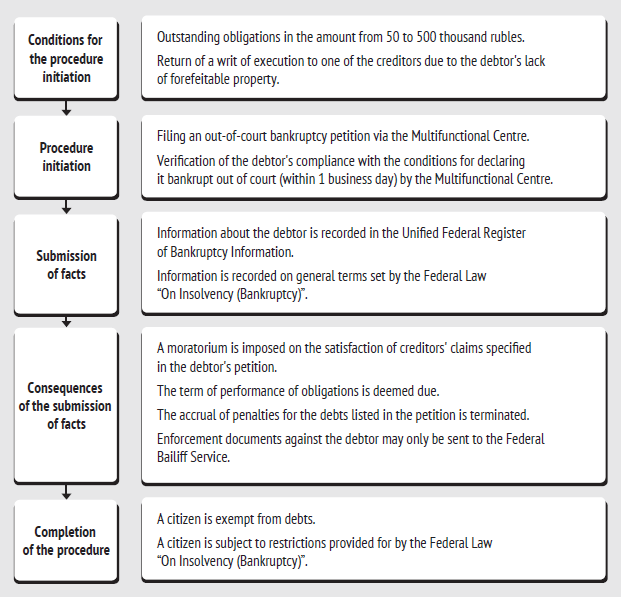Navigating Bankruptcy: A Guide to Filing Procedures


Navigating Bankruptcy: A Guide to Filing Procedures
Bankruptcy can be a challenging process, but understanding the filing procedures is essential for those facing financial difficulties. This guide provides insights into the key steps involved in filing for bankruptcy and offers valuable information to help individuals and businesses navigate this complex terrain.
Determining Eligibility and Choosing the Right Chapter
The first step in the bankruptcy filing process is determining eligibility and selecting the appropriate chapter. Individuals commonly choose between Chapter 7 and Chapter 13, while businesses may opt for Chapter 11. Eligibility criteria vary, and consulting with a bankruptcy attorney is crucial to making the right decision based on the individual or business’s financial situation.
Credit Counseling Requirement
Before filing for bankruptcy, individuals must undergo credit counseling from an approved agency. This mandatory counseling session aims to provide financial education and explore alternatives to bankruptcy. Completion of this requirement is necessary to proceed with the filing process.
Preparing and Filing the Bankruptcy Petition
Once eligibility is determined and credit counseling is completed, the next step is preparing and filing the bankruptcy petition. This document includes comprehensive financial information, such as income, assets, debts, and expenses. Accuracy and transparency are paramount during this stage to ensure a smooth and valid filing.
Automatic Stay and Debt Repayment Plans
Upon filing for bankruptcy, an automatic stay goes into effect, halting most collection actions by creditors. In Chapter 7, non-exempt assets may be liquidated to pay off debts, while Chapter 13 involves creating a debt repayment plan based on the individual’s or business’s income and expenses.
Meeting of Creditors (341 Meeting)
A crucial step in the bankruptcy process is the Meeting of Creditors, also known as the 341 meeting. This meeting provides an opportunity for the bankruptcy trustee and creditors to question the filer about the information provided in the petition. Attendance is mandatory, and preparation is key to a successful outcome.
Confirmation Hearing (Chapter 13)
In Chapter 13 bankruptcy, a confirmation hearing is held to review and approve the proposed debt repayment plan. Creditors have the opportunity to object, and the court assesses the plan’s feasibility. A well-prepared and realistic repayment plan increases the likelihood of approval.
Financial Management Course (Chapter 7 and Chapter 13)
Both Chapter 7 and Chapter 13 filers are required to complete a financial management course after filing for bankruptcy. This course focuses on budgeting, money management, and financial planning, aiming to equip individuals with the tools needed for a fresh financial start.
Discharge of Debts
Upon successful completion of the bankruptcy process, eligible debts are discharged. This means that the filer is released from the obligation to repay those debts. While not all debts may be dischargeable, bankruptcy provides relief and a chance to rebuild financial stability.
Post-Bankruptcy Counseling
After receiving a bankruptcy discharge, individuals are required to undergo post-bankruptcy counseling. This session aims to provide financial education and guidance on building a solid financial foundation post-bankruptcy. Completion of this counseling is necessary for a successful conclusion to the bankruptcy process.
For more information on Bankruptcy Filing Procedures, visit greatblogabout.org. Navigating the bankruptcy filing procedures requires careful consideration and adherence to legal requirements. Seeking professional advice and understanding each step of the process can contribute to a more successful and less stressful bankruptcy experience.




